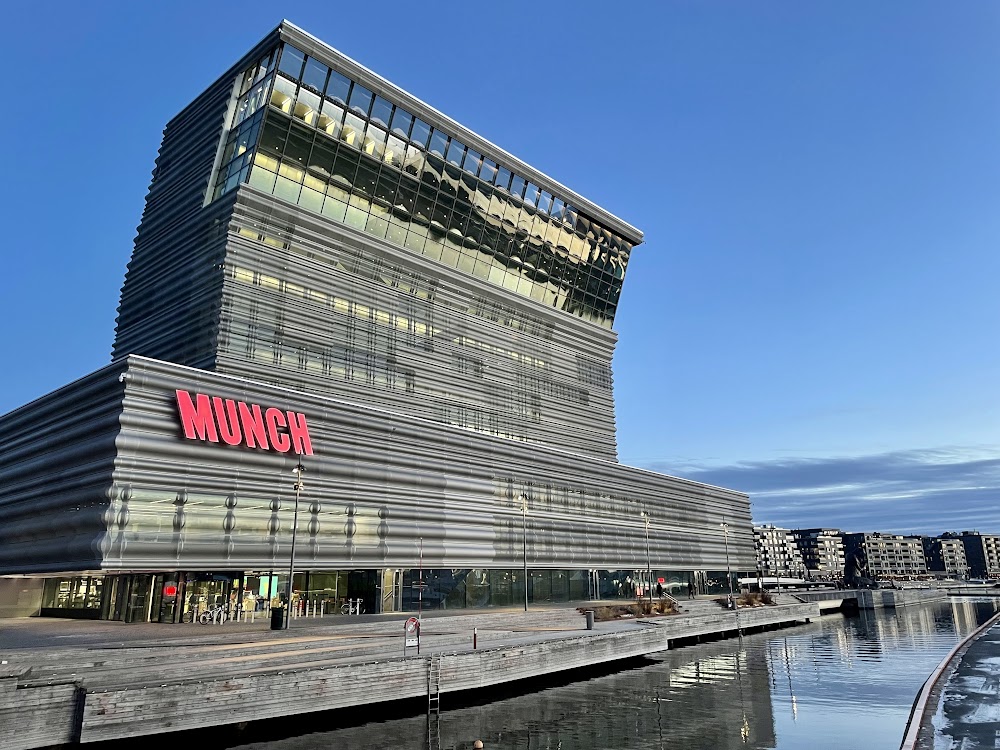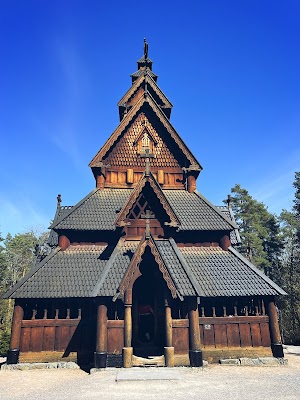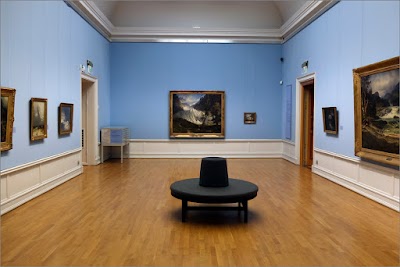Nobel Peace Center (Nobels Fredssenter)
Overview
The Nobel Peace Center in Oslo, Norway, tells the inspiring story of a man who envisioned lasting peace and the remarkable individuals dedicated to realizing that dream. Nestled in the heart of Oslo, this center serves as both a museum and a public forum for reflection and dialogue on peace and conflict resolution.
The narrative of the Nobel Peace Center begins with Alfred Nobel, a Swedish inventor, engineer, and industrialist, best known for his invention of dynamite. After witnessing the catastrophic potential of his creations, Nobel became increasingly aware of the unintended consequences of his inventions. In 1895, he bequeathed a significant portion of his fortune to establish the Nobel Prizes, with the Peace Prize designated for those who have "done the most or the best work for fraternity between nations, for the abolition or reduction of standing armies, and for the holding and promotion of peace congresses."
Inaugurated in June 2005 by King Harald V of Norway, the Nobel Peace Center is housed in a building that dates back to 1872, originally serving as a railway station. The transformation into a state-of-the-art facility was led by renowned architects David Adjaye of Adjaye Associates and the Norwegian firm Point Arkitekter. Their innovative renovation seamlessly blends historical elements with modern design, creating a dynamic and inviting atmosphere.
At the heart of the center lies the core exhibition, "The Nobel Field," featuring a captivating garden of fiber-optic lights, each representing a Nobel Peace Prize laureate. This interactive display allows visitors to explore the lives and achievements of the honorees, fostering inspiration and hope. Another important feature, "The Nobel Chamber," offers a comprehensive look into the life and legacy of Alfred Nobel, providing insights into the man behind the prize.
Throughout the year, the Nobel Peace Center hosts a variety of temporary exhibitions that delve into different facets of peace and conflict. These exhibitions often include photography, art installations, and multimedia presentations that engage visitors with pressing global issues. Additionally, the Center provides educational programs and activities tailored for children, adolescents, and adults, aiming to deepen understanding of peace-building processes.
One of the center's most striking features is the "Peace Wall," an interactive digital installation that updates in real-time with global news related to peace and conflict. This ensures visitors remain informed and engaged with current events and ongoing peace initiatives worldwide.
Beyond exhibitions and educational programs, the Nobel Peace Center is a vibrant venue for public debates, seminars, and conferences. It serves as a gathering place for thinkers, activists, leaders, and the general public, providing a platform for meaningful dialogue on peace and human rights.
The Nobel Peace Center is more than just a museum or tourist attraction; it is a living institution committed to promoting peace and conflict resolution. With its unique fusion of historical reverence and modern innovation, it stands as a significant cultural and educational asset in Oslo. Visitors from around the globe leave the Center inspired, reminded of the power each individual holds to effect change in the world, just as Alfred Nobel envisioned.








